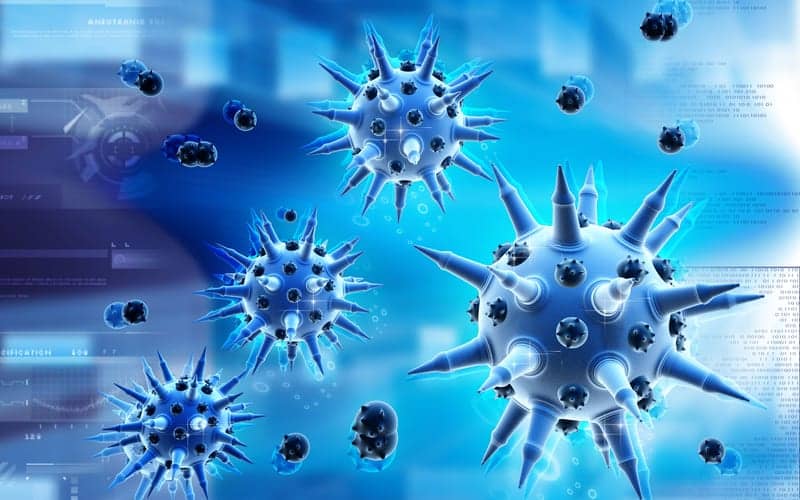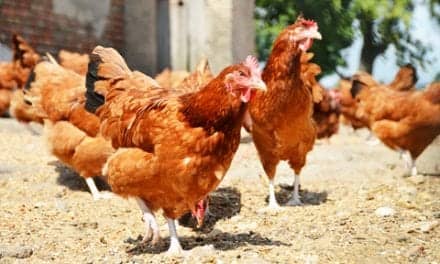Scientists at Imperial College London have discovered how flu viruses “hijack” cell machinery when they infect the body, which may lead to more effective antiviral treatments for the seasonal flu and pandemics. The research team used hamster-chicken hybrid cells to determine why the avian influenza virus cannot typically infect mammal cells. The research team found that a particular protein, ANP32A, which is also found in human cells, acts as an ‘insider’ and helps the virus replicate once the virus has gained entry into the cell, according to a Science Daily news report.
Bird flu viruses can’t use the mammalian ANP32A unless they carry a particular mutation. After observing which cells the virus replicated in, the researchers then analyzed which chicken genes were present to identify the protein. The scientists then realized the same protein existed in humans, but the mammalian versions were all shorter than the equivalent bird proteins. The Science Daily news report notes that bird flu viruses can’t use the mammalian protein unless they have a mutation that adapts them for the shorter version, which is why most bird viruses cannot infect humans.
Additional experiments revealed that the human ANP32A protein was crucial to the seasonal flu virus replicating in human cells. The Science Daily news report indicates that in addition to understanding how bird flu viruses can make the jump from birds to humans, scientists can now also explore whether it is possible to develop drugs that target this human protein, to prevent the flu virus replicating.
“When [viruses] do transfer to humans, it’s because the virus mutates in a number of ways. This enables it to gain a foothold inside the cell, and hijack the cell machinery to replicate,” says senior author of the study Wendy Barclay. “Up until now, we haven’t understood why the bird flu virus has to change in order to hijack the human cell machinery. Our research showed this is all due to a cell protein called ANP32A.”
Lead author of the study Jason Long states, “Our experiments also showed that removing this host protein from cells stopped virus infection, suggesting it is very important for the virus. The next stage is to start investigating treatments that may block this specific interaction between virus and cell, with the hope of stopping the virus in its tracks.”
Source: Science Daily








